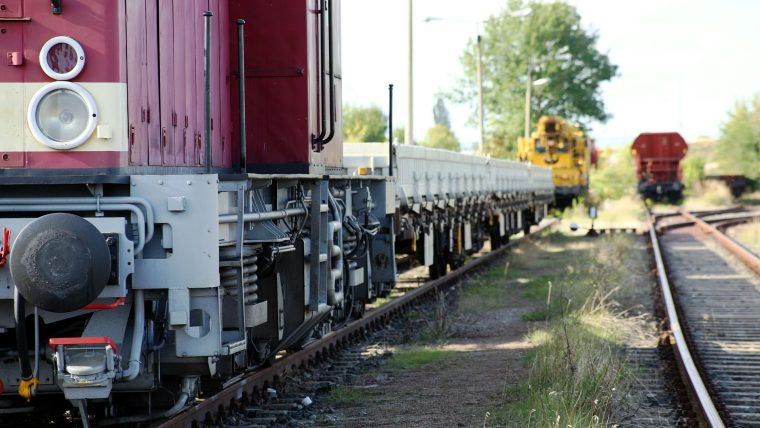Barriers to Rehabilitation
Clarify your understanding of the correctional system. The public seems to support early intervention and rehabilitation, but many people are still in prison or being sent away. Why do you think rehabilitation and early intervention programs are not something that is more common in everyday correctional proceedings? What are some barriers that prevent early intervention from being more widely used?
APA
Despite public support for rehabilitation and early intervention, these approaches are not widely implemented in everyday correctional proceedings due to several systemic, financial, and political barriers.
Funding Limitations – Many early intervention and rehabilitation programs require significant investment in education, mental health services, substance abuse treatment, and vocational training. However, correctional budgets often prioritize incarceration over rehabilitation.
Tough-on-Crime Policies – Historically, harsh sentencing laws, such as mandatory minimums and three-strikes laws, have focused on punitive measures rather than prevention or rehabilitation. Political pressures often favor policies that appear to be “tough on crime” rather than those emphasizing long-term solutions.
Overcrowding in Prisons – With high incarceration rates, many facilities struggle to provide adequate resources for rehabilitation programs. Overcrowding leads to limited access to mental health and educational services, reducing the effectiveness of rehabilitation efforts…
Despite public support for rehabilitation and early intervention, these approaches are not widely implemented in everyday correctional proceedings due to several systemic, financial, and political barriers.
Funding Limitations – Many early intervention and rehabilitation programs require significant investment in education, mental health services, substance abuse treatment, and vocational training. However, correctional budgets often prioritize incarceration over rehabilitation.
Tough-on-Crime Policies – Historically, harsh sentencing laws, such as mandatory minimums and three-strikes laws, have focused on punitive measures rather than prevention or rehabilitation. Political pressures often favor policies that appear to be “tough on crime” rather than those emphasizing long-term solutions.
Overcrowding in Prisons – With high incarceration rates, many facilities struggle to provide adequate resources for rehabilitation programs. Overcrowding leads to limited access to mental health and educational services, reducing the effectiveness of rehabilitation efforts…



